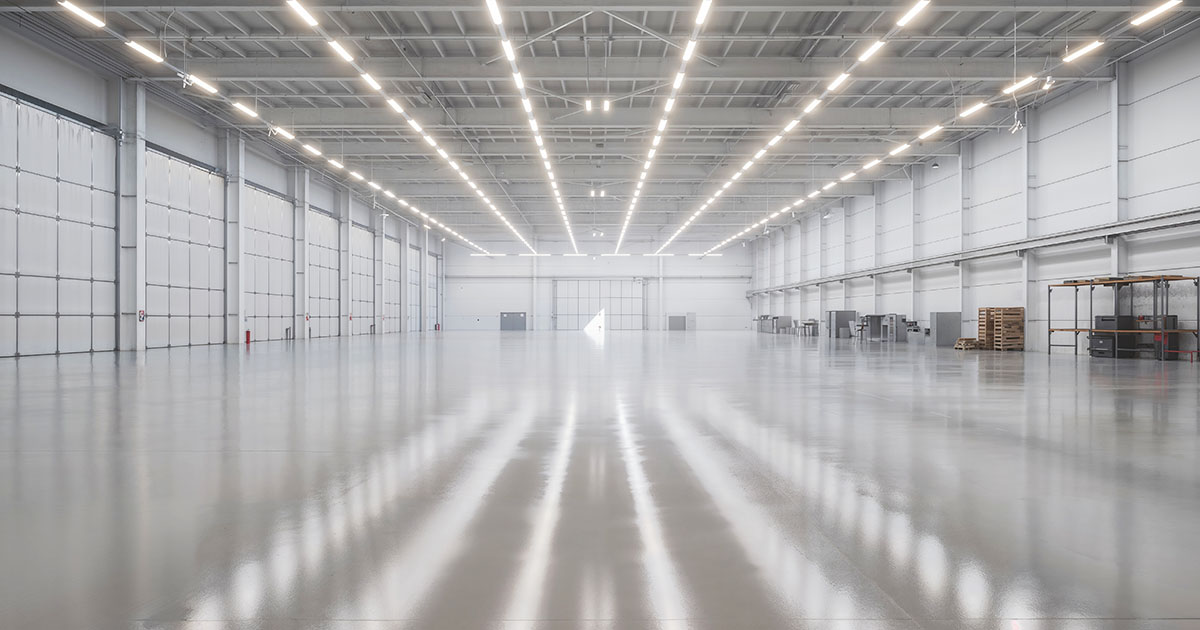Last Mile Logistics Conference 2022

On Tuesday 11 October 2022, Commercial Real Estate Senior Associate Paul Grayson, along with Construction Senior Associate, Daniel Burr, attended the Last Mile Logistics Conference at the Postal Museum in London.
The conference consisted of a number of interesting panel discussions involving key members of the logistics sector, as well as a free trip on the Mail Rail (see photos below)!
In this blog post, he shares his key takeaways from the event.
Current Market Conditions
- The developer’s view: Inflation has led to a sharp increase in the cost of materials. Additionally, it is very difficult for developers to forecast pricing in the current market. Developers can only price developments based on today’s information. The current market volatility is requiring developers to make more assumptions than usual when forecasting how much a site will be worth once a development has reached practical completion.
- The contractor’s view: The rise in the cost of materials has led to questions as to whether contractors can still deliver fixed price building contracts. The view is that this may still be possible, however it will depend on the type of project and the material selection. The earlier that contractors engage with their customers, the higher the chance that a fixed price building contract can still be delivered. If a fixed price building contract can be delivered, the customer may need to accept a mark-up on the fixed price to reflect current market conditions.
- The investor’s view: Pricing is cooling due to the rise in interest rates and inflation. Investors are currently querying whether we have reached the bottom of the market, or if prices will decrease further. This has created a large amount of hesitancy in the market. If investors commit to sites in the current market, it is very likely that the investment decision will be due to the investor believing in the long-term vision for the site (as opposed to making a commitment solely due to pricing).
Delivering ESG
- Carbon sequestration: Science is likely to change how buildings are constructed over the next twenty years. There needs to be a shift towards materials which use less carbon, as well as an increase in funding for businesses who are studying how to remove carbon from the atmosphere and holding the same within materials (a process known as carbon sequestration).
- Retrofitting: In comparison to other sectors, the logistics sector is unlikely to have a large problem with retrofitting existing stock in order to meet EPC standards. There are a number of ways in which the energy efficiency of a warehouse can be improved, such as the use of LED lighting, increased thermal insulation and the use of solar panels. Solar panels can give rise to fire risks (due to the temperatures that the panels can reach), however the general consensus is that this risk can be alleviated by raising the panels above the roof of the warehouse in order to allow an air flow below the panels.
- Ensuring that logistics and residential schemes can co-exist: As logistics and residential schemes move closer together (due to the increase in last mile logistics), efforts need to be made to ensure that these schemes can co-exist. Electric vehicles are required to safeguard air quality in urban areas. From a planning perspective, a masterplan approach can help industrial schemes integrate into local areas. Site layouts and frontages which include green space can make logistics schemes more attractive to local communities.
Diversity and Skills
- Demystifying the logistics sector: The logistics sector needs to be demystified in order to make the sector more attractive to a diverse talent pool. Long hours are commonly associated with transportation jobs within the sector. However, due to the rise in last mile logistics, a number of driving roles can now support daytime hours and those members of society who need to maintain both a family and professional life.
- Social values: The next generation of employees will overlook a higher salary for a firm which has social values that they share. The logistics sector needs to be better marketed to young people leaving school in order to attract talent from the youngest possible age.
- Automation: It should be conveyed to the future workforce that automation will not remove all jobs from the logistics sector. Automation will change the nature of the jobs required and will increase the need for engineers and technicians.
Multi-storey Sheds
- Multi-storey vs mezzanine: Warehouses may not need to be fully multi-storey in order to service interested occupiers. A large warehouse with a functioning mezzanine may perform just as well as a multi-storey shed which is serviced by ramps.
- Occupier demand: Whilst it is interesting to discuss the architectural challenges/viability of multi-storey sheds, the key question is whether there is occupier demand. Before committing to a multi-storey space, occupiers will want to ensure that the space is resilient and can respond to a goods lift breaking down on the third floor or a HGV breaking down on a ramp between floors. Ultimately, occupiers will only have confidence in multi-storey sheds once such schemes are more common in the UK market.
- Functioning spaces: From a developer’s perspective, intensification of space is generally attractive (more lettable floor space results in a higher possible rent). That said, intensification cannot come at the cost of functionality. Large logistics operators will always need large yard areas in order to accommodate HGVs.






